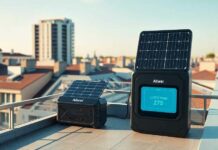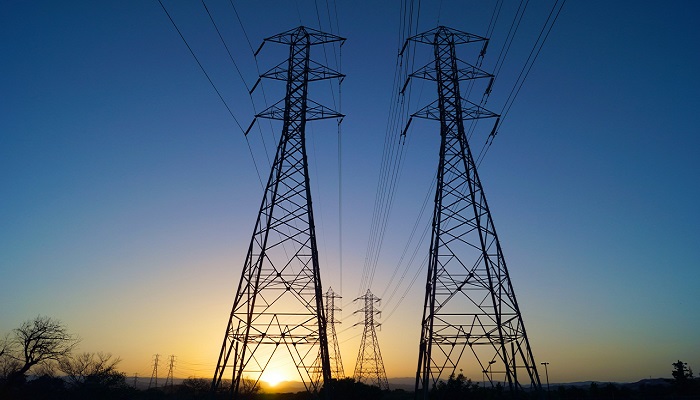US transformers happen to be aging and approaching an age that’s 30 to 40 years old on average. They also face more stress brought on by elements like renewable energy and due to extreme weather events like heat waves, winter storms, and hurricanes. For instance, the 2021 event in Texas left millions powerless.
Due to this, researchers at the University of Texas at Austin made plans to look inside grid transformers just to see if they could be made better. Grid transformers happen to be filled with copper windings, cellulose-based electrical insulation like kraft paper, and other metallic components. The cellulose insulation happens to be an incredible electrical insulator, which is essential in the process of dipping voltage, and at the same time, it also traps heat, which can lead to overheating.
Behind the scenes in the US electric grid are thousands of power plants along with utilities, which are apparently linked by millions of miles of transmission lines. To make raw electricity useful, grid transformers happen to turn high voltage into a lower voltage, which millions of households can plug into.
An associate professor in the Cockrell School of Engineering, Vaibhav Bahadur, says that they have researched a new class of nanomaterials in which they take conventional cellulose-based paper, dope it with high thermal conductivity nanometers as well as micrometer-sized particles.
It is well to be noted that simulations on the Stampede2 supercomputer of the Texas Advanced Computing Center- TACC aided Bahadur as well as his collaborators come out with solutions to the overheating of grid transformers, which is quite a critical component of the electric grid.
The University of Maryland and the USDA Forest Products Laboratory Collaborators fabricated the high thermal conductivity paper by way of making use of nanoparticles of boron nitride. Apparently, Bahadur’s lab created a 3D model of the transformer to mimic an actual grid transformer taken apart and studied by Robert Hebner, the study co-author also at the Cockrell School of Engineering.
According to Hebner, the experimental part concerning the study was crucial when it came to testing whether to invest in going ahead and enhancing the transformer installation. They had a transformer that was donated to The Center for Electromechanics, which got powered by UT Austin’s one megawatt microgrid. As a matter of fact, they could connect it, run the temperatures up and down, and also measure how the transformer behaved with the model, with the measurements meshing very well.
The results indicated that if the thermal conductivity grows by a few times using the engineered paper, the hotspot temperature within the transformer can be lessened by between 5 and 10 °C, and in most conditions, this should be enough to double or triple the life of the transformer.
As per Bahadur, they modeled the thermal conductivity as a varying parameter and figured out the extent of enhancement required in thermal conductivity in order to see a meaningful temperature decrease.
In order to accurately estimate temperatures, Bahadur said that they used a fine-sized mesh that was based on finite element methods and modeled the conduction by way of a diffusion heat transfer equation, with high computational costs in doing so. The main reason they used Stampede2 was to get simulations done in a matter of minutes and hours and not wait for days so as to get the results.
In an upcoming scenario, the researchers will test a small-scale transformer prototype and also add thermal conductor paper to gauge how it behaves in an operating environment with fluctuating loads.
Apparently, this research has the possibility to search for applications in the real world, where new transformers can be made with elevated nano- and micro-particle-improved thermal insulating paper. Old transformers can also be retrofitted with the new paper throughout the routine refurbishment.
According to Hebner, they initiated it not as a transformer project but as a semiconductor project. This research looks forward to taking a lot of the electronic devices that are available and making them function better by way of operating cooler and more efficiently.





































